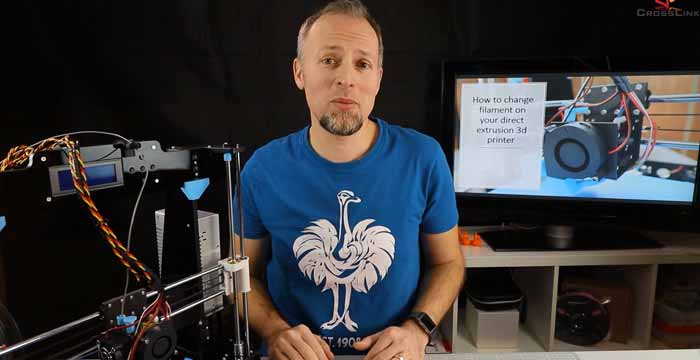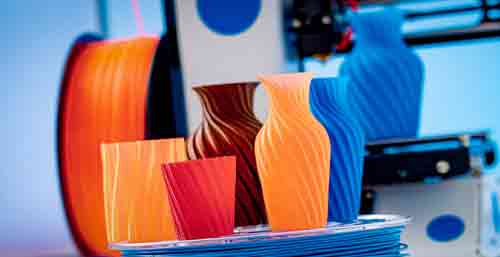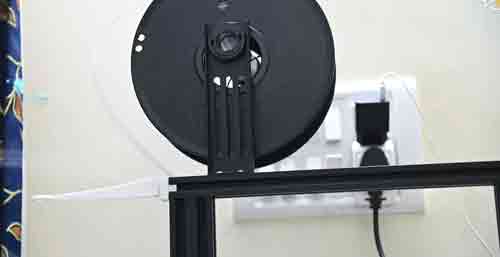How to Change Your 3D Printer Filament?

3D printing is a process involving the creation of a three dimensional object. 3D printers are machines that create objects by laying down successive layers of material. The most common materials used today in these printers are thermoplastics such as acrylonitrile butadiene styrene (ABS), high density polyethylene (HDPE), and polylactic acid (PLA). In this article, you will learn how to change 3D printer filament.
What is 3d Printer Filament?

3D printer filament is the material you use to print your object. It comes in different colors, materials and sizes. There are many types of filaments available on the market today such as PLA, ABS, PETG and nylon. The best type of filament for you will depend on what you want to do with it or what type of machine you have.
The Process of Changing 3d Printer Filament
Changing the filament on your 3D printer is a process that may vary from manufacturer to manufacturer and 3D Printer model to 3D Printer model. Some printers demand that a new material be loaded, while others require that the old material be replaced with a new one. Regardless of the specific process, it is imperative that you know how to change filament in your 3D printer so you can avoid damaging your machine. Below are some tips for changing 3d printer filament:
- Before starting any work with the hot end or inserting material into the extruder, ensure that your printer is turned off.
- The first step is to make sure you have an instruction manual for your specific model of printer. Learn about the specific steps for changing filament before you attempt to do it.
- Each printer and model has different tools that come with the tool kit. If you are missing a tool, look for a replacement with the same size or try to find another tool that will work.
- Keep all tools and items that you remove from your printer in order to minimize confusion.
- Clean the hot end with a piece of steel wool or a brush. This will help ensure that nothing impacts the movement of the filament as it is being changed.
- Take out the old filament material by switching off the printer, unplugging it from power and turning off the hot end. Then remove any bits of filament that may be tangled along with your old material.
- Place the new filament into the hot end and then wait for the extruder to heat up. Check that the new filament makes it to the nozzle and then check for any blockages.
- If there are no problems, you should be able to print with the new material. If it does not work, then there are several things you can do. First try to clear out the filament and check that it is not broken. If this doesn’t work then you may need to replace the extruder.
- Have the manufacturer of your machine verify any problems you are having with your 3D printer.
- If the new filament is too thick or thin, you may need to change the extrusion multiplier in your printer software. Rather than changing the temperature, this will ensure that your new filament moves through the printer effectively and that the new material works as it should.
- Once you have changed the filament in your 3D printer, make sure you do not switch back to the old material. This may cause a blockage or jam in your printer. If you forgot to change the filament, then you must first clean out your printer to remove any traces of the old material.

Conclusion Changing your 3D printer filament is a big job. Hopefully, this useful article has answered all your questions about 3D printer filament and you are ready to change it.
